On 4 August 1894 four members of the Fabian Society met at Borough Farm, near Godalming, writes Sue Donnelly. The four Fabians are credited as co-founders of the London School of Economics and Political Science, but there are two further influential characters in the history of the School.
In her diary Beatrice Webb reported the discussion around Sidney Webb’s plan to establish a new centre for teaching and research:
His vision is to found, slowly and quietly, a ‘London School of Economics and Political Science’ – a centre not only of lectures on special subjects but an association of students who would be directed and supported in doing original work.
Sidney Webb
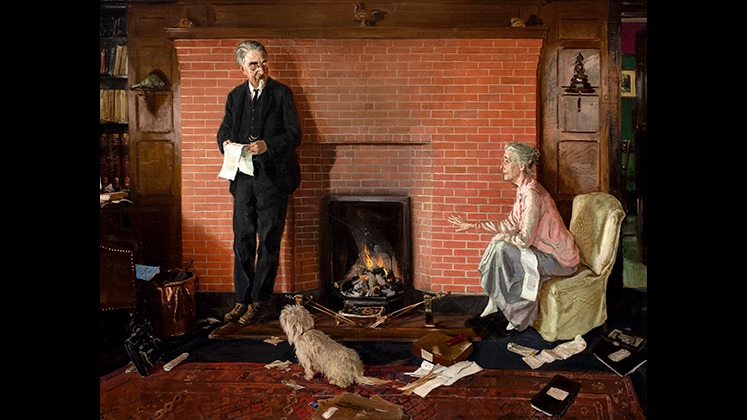
Sidney Webb (1859-1947) had a comfortable but modest middle-class background – but following a good education, instead of attending university he entered the Civil Service, attended university extension courses and studied for the bar. Despite winning a scholarship Sidney Webb turned down an opportunity to Trinity College, Cambridge, as it meant giving up his job in the Civil Service. A member of several debating societies he first met G Bernard Shaw in 1879 at the Zetetical Society and they both went on to be early members of the Fabian Society.
Beatrice and Sidney Webb met in 1890, marrying in 1892. The founding and subsequent shape of LSE was informed by both Sidney and Beatrice Webb’s experience of education and undertaking research.
Beatrice Webb
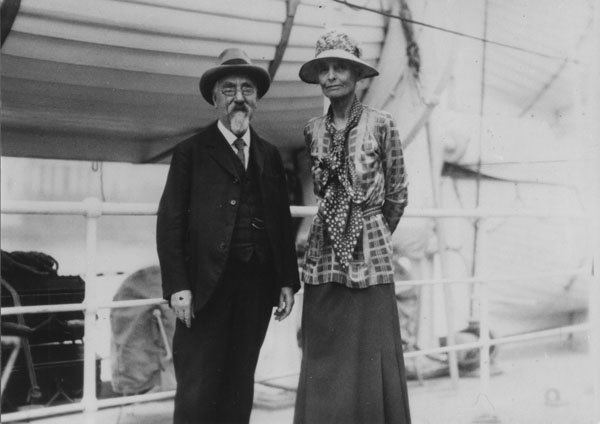
Beatrice Webb (1858-1943) came from a more affluent background than her husband. She received no formal education, but her father encouraged all his seven daughters to read widely and accompany him on business trips to see the world. Beatrice’s involvement with social investigation began in her 20s working on Charles Booth’s Enquiry into London Life and Labour and her marriage to Sidney enabled her to continue and develop her research and campaigning work. At LSE she lectured on trade unionism and employment. In 1909 she published her Minority Report to the Royal Commission on the Poor Law arguing for co-ordinated national and local welfare provision.
In 1936 Beatrice Webb wrote in her diary:
In old age it is one of the minor satisfactions of life to watch the success of your children, literal children or symbolic. The London School of Economics is undoubtedly our most famous one…
The other two founders were close friends of the Webbs. Graham Wallas was Sidney Webb’s best man at their marriage and G Bernard Shaw first met Sidney Webb in 1879 at the Zetetical Society, a radical debating society.
Graham Wallas
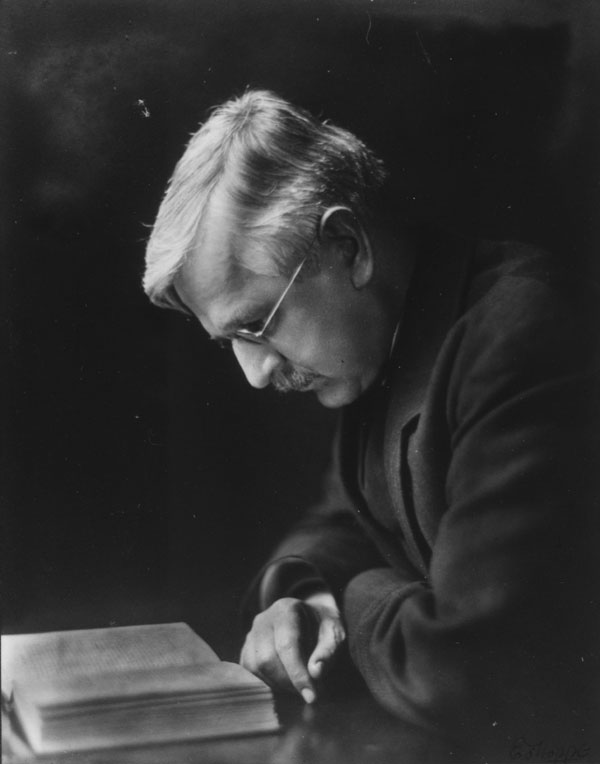
Graham Wallas (1858-1932) began his career as a schoolteacher and his interest in education continued as a member of the London School Board. In 1890 he became a university extension lecturer and was LSE’s first lecturer in political science – although he turned down the offer of the post of Director. Until 1904 he was an active member of the Fabian Society but remained friends with his former Fabian friends after his break with the society. In 1914 Wallas was appointed Professor of Political Science. After his death in 1932 Harold Laski described him as “the supreme teacher of social philosophy”.
George Bernard Shaw
Probably the most famous of the four founders, G Bernard Shaw (1856-1950) was the least involved in the development of the School. Shaw was keen that the Hutchinson bequest be used for political campaigning, but he also advised the Webbs on persuading the Fabian Society Executive Committee not to oppose the creation of a new educational establishment. Shaw did occasional public lectures and was a face around the School in its early years.
But two other individuals were also vital to the School’s success.
William Hewins
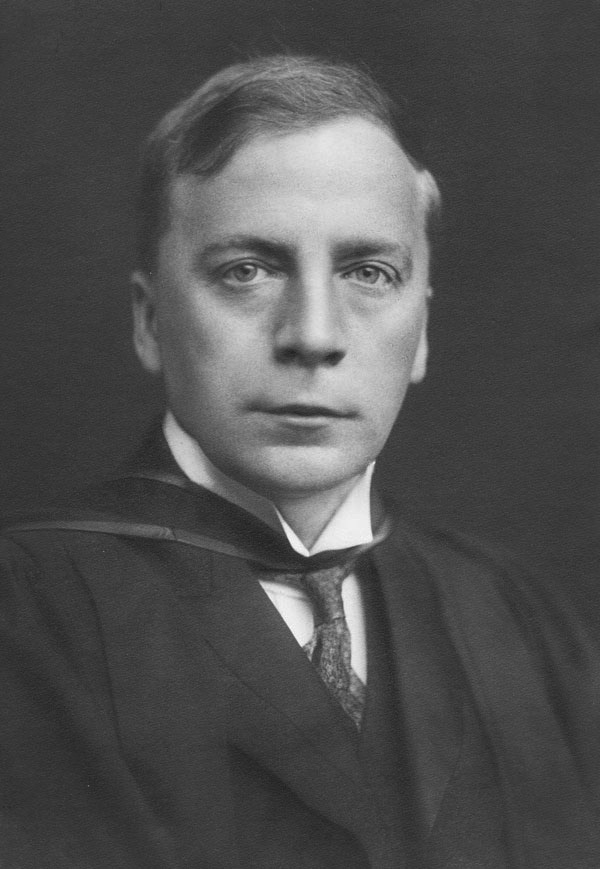
The economic historian, William Hewins, was only 29 when he accepted Sidney Webb’s invitation to become the School’s first Director. It was Hewins who found accommodation, designed the syllabus, published the prospectus, worked with Sidney Webb to find teachers and recruited students. Hewins was not a Fabian and in 1904 left the School to work for Tariff Commission. In 1912 he was elected as the Unionist MP for Hereford. In his autobiography he looked back on his time at the School:
When I think of the first days of the School of Economics at No 9 John Street, Adelphi, and contemplate the great organisation which has grown from those beginnings, I can only feel that I was privileged along with my colleagues to take part in a great romance.
Charlotte Payne-Townshend
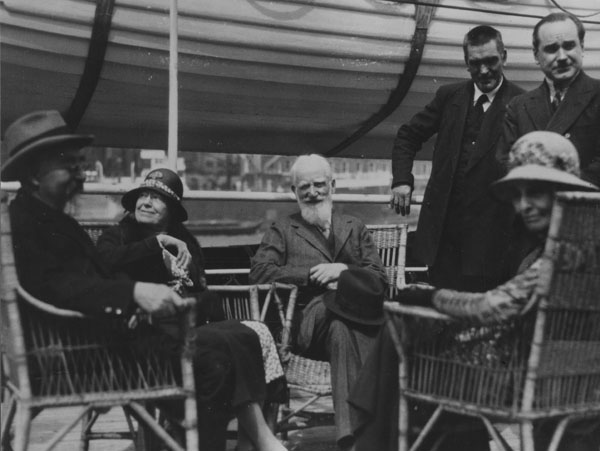
Charlotte Payne-Townshend first met the Webbs in 1895 and was described by Beatrice Webb in her diary as “by nature a rebel”. A wealthy Irish heiress she soon joined the Fabian Society and in 1896 went on holiday in Suffolk with the Webbs, Graham Wallas and G Bernard Shaw. Payne-Townshend was persuaded to sub-let the top two floors of 10 Adelphi Terrace, the School’s second home – thus paying for the School’s accommodation. She also donated £1,000 toward the establishment of a library and was one of the original Library trustees. She was a regular donor to the School and funded a research scholarship created to support research into women’s history.
In 1897 Charlotte Payne-Townshend married G Bernard Shaw and they both lived over the School until its departure to Clare Market in 1902.
This post was originally published to mark LSE’s 125th anniversary in 2020/21.


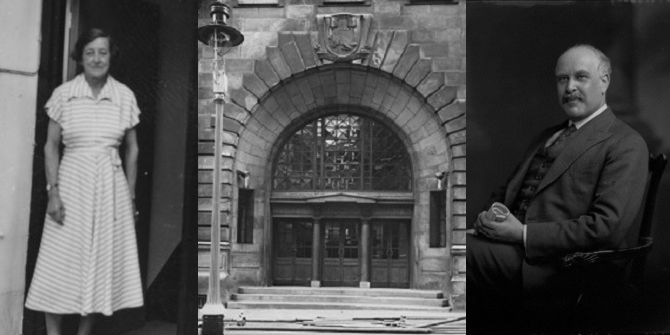
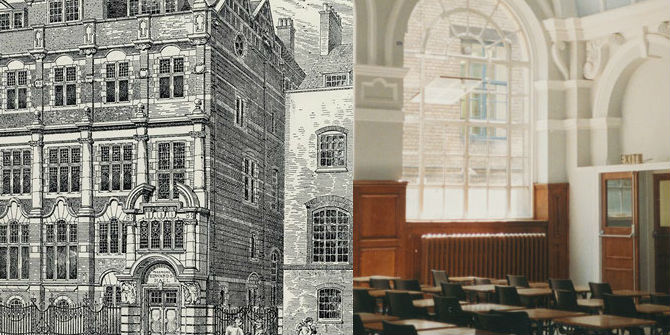
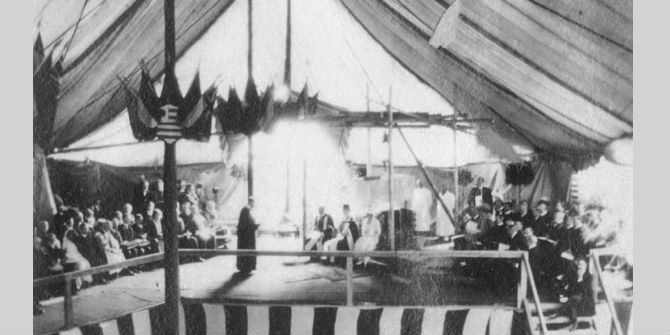
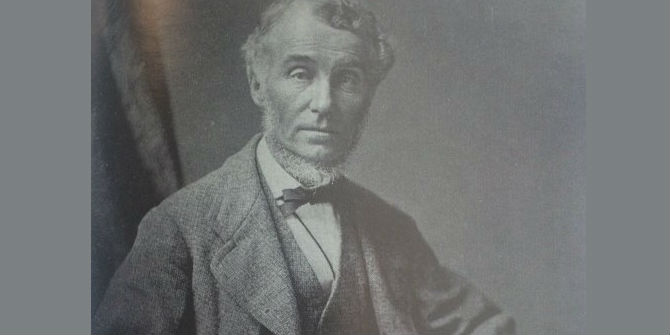
Thank you for the summary of the school’s origins. I feel we are in need of LSE more than ever, with the challenges we now have of poverty reduction, education inclusion and of fomenting greater respect and tolerance in society.